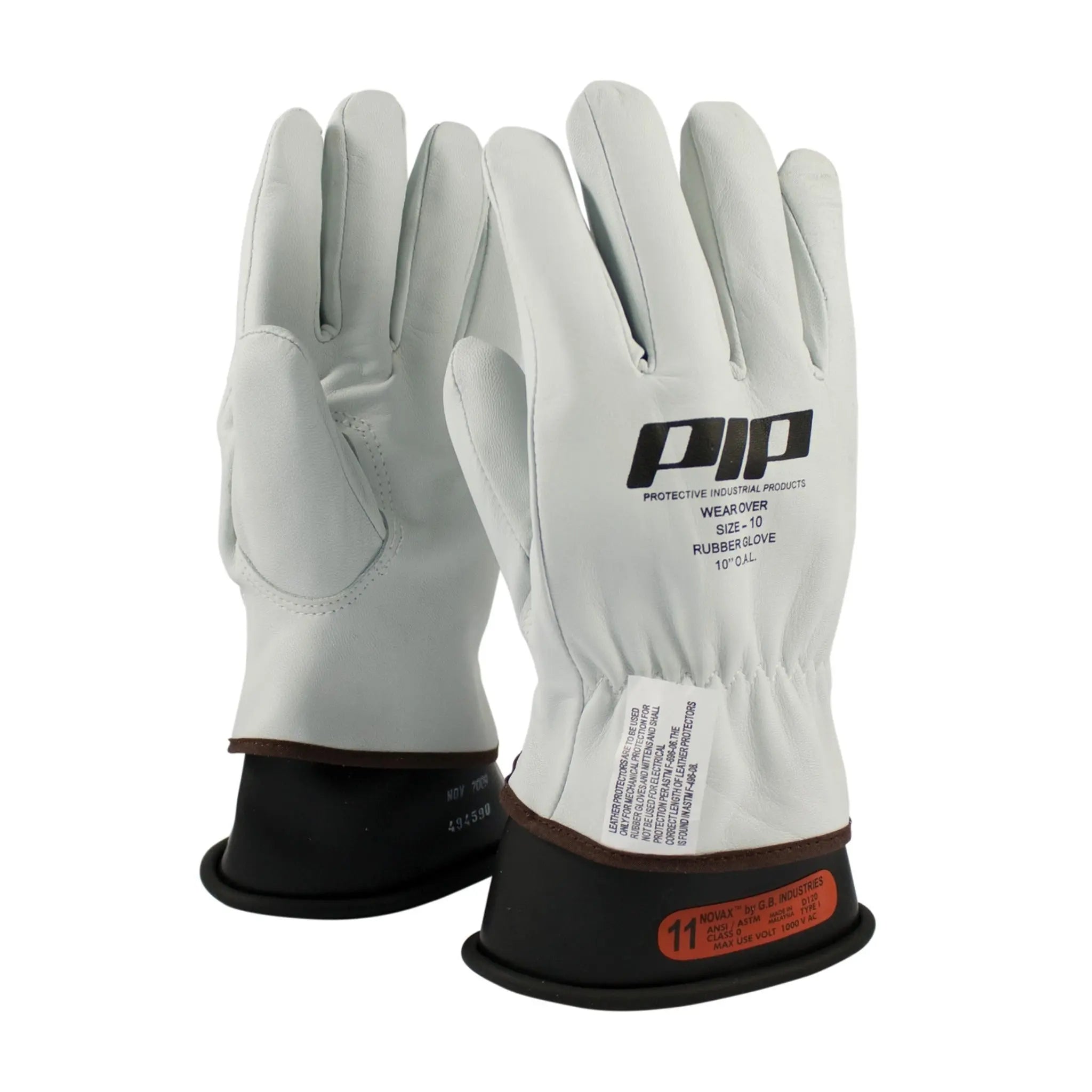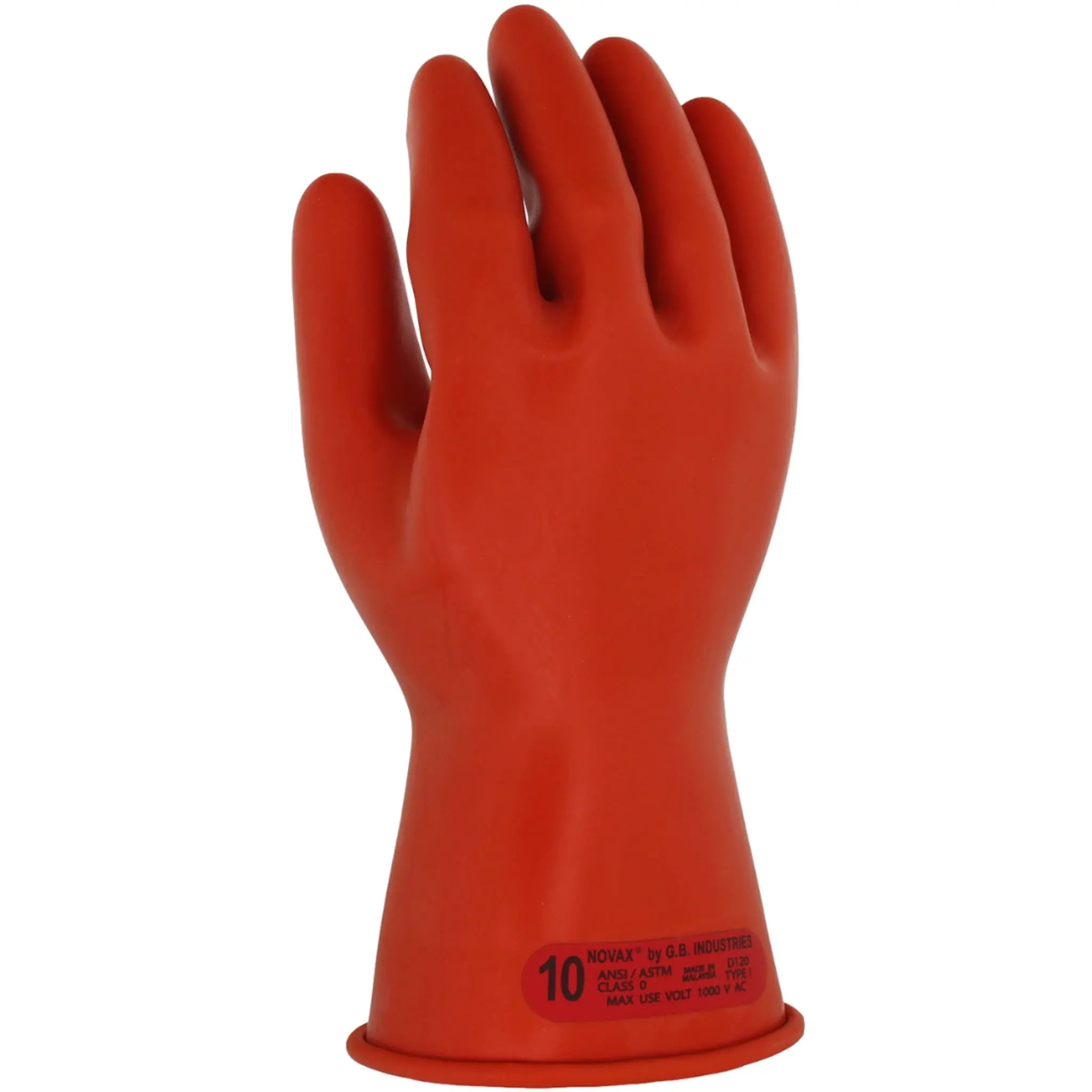
Arc Flash & Electrical Safety Gloves




























We carry a large selection of electrical safety gloves to shield you from electrical hazards. Find the best protective arc flash gloves for you with our coverage options ranging from 500 A/C volts up to 36,000 A/C volts. Electrical safety gloves are categorized by the level of voltage protection provided, which is rated by Class.
FAQs
What is an arc flash, and why are arc-rated gloves necessary?
An arc flash is a dangerous electrical event that can occur when electrical current travels through the air, creating an arc or spark. These events can cause severe burns, electrocution, and even death. Arc-rated gloves are necessary to protect workers from the thermal and electrical hazards associated with arc flashes. ANSI/ISEA 105-2016 sets the standards for arc-rated gloves.
What is the difference between an arc-rated glove and an insulated glove?
An arc-rated glove is designed to protect against electrical hazards created by an arc flash, while an insulated glove is designed to provide protection against electrical shock. ANSI/ASTM D120-14a sets the standards for insulated gloves.
How do I choose the right arc-rated glove for my job?
The arc rating of a glove is measured in calories per square centimeter (cal/cm2). The required arc rating for a glove depends on the level of electrical hazard present in the job. OSHA provides guidelines for determining the appropriate personal protective equipment (PPE) for different electrical hazard levels.
How do I properly care for my arc-rated gloves?
ANSI/ISEA 105-2016 outlines specific requirements for the care and maintenance of arc-rated gloves. These requirements include regular inspections, cleaning and sanitizing, and replacement after a certain number of uses or if the gloves show signs of wear or damage.
Can I use arc-rated gloves for other types of work, or do I need different gloves for different jobs?
Arc-rated gloves are specifically designed for protection against arc flashes and should only be used for this purpose. Different types of work may require different types of gloves, such as chemical-resistant gloves or cut-resistant gloves. Employers are responsible for providing the appropriate PPE for all types of job hazards.






